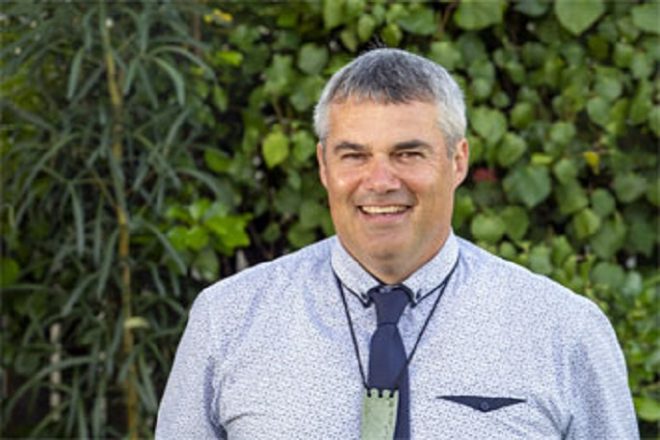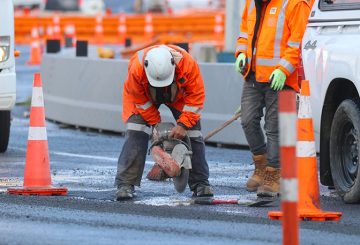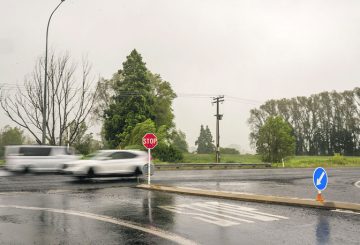Dewan Distrik Ōpōtiki telah memutuskan untuk memasukkan distrik Māori dalam pemilihan badan lokal tahun 2025 dan 2028. Bangsal Māori bertujuan untuk memastikan perwakilan dan suara Māori di dewan. Di bangsal ini, orang-orang di daftar pemilih Māori memilih anggota dewan mereka, sama seperti mereka yang ada di daftar umum memilih anggota dewan di bangsal umum. Di distrik Ōpōtiki, populasi secara kasar dibagi antara mereka yang berada di daftar umum dan suku Māori.
Walikota Ōpōtiki David Moore menyatakan bahwa keputusan itu didasarkan pada pentingnya hak suara di meja dewan. Dia percaya bahwa hasil masyarakat yang lebih baik dapat dicapai ketika lebih banyak orang melihat pandangan mereka terwakili dalam dewan. Dia berharap bahwa pengenalan distrik Māori akan meningkatkan partisipasi pemilih dan mendorong lebih banyak orang untuk mencalonkan diri dalam pemilihan.
Namun, Walikota Moore mengklarifikasi bahwa bangsal Māori tidak akan menggantikan metode keterlibatan lain dengan tiga organisasi iwi (suku) Ōpōtiki. Dia menyebutkan bahwa opsi lain, seperti sub-komite atau Memorandum of Understanding, dibahas untuk membawa suara Māori ke meja, tetapi opsi ini tidak datang dengan hak suara.
Langkah selanjutnya dewan termasuk melakukan Tinjauan Representasi pada tahun 2024. Tinjauan ini akan mempertimbangkan faktor-faktor seperti jumlah anggota terpilih, bagaimana mereka harus dipilih, dan apakah mereka harus dipilih dari distrik atau di seluruh distrik. Tinjauan ini juga akan memeriksa batas-batas dan nama bangsal dan komunitas lain yang menarik.
Walikota Moore mendorong komunitas Ōpōtiki untuk berpartisipasi dalam proses tahun depan, menyatakan bahwa keputusan tersebut merupakan langkah maju yang signifikan. Dia menekankan bahwa peninjauan akan menentukan implikasi praktis dari keputusan ini, seperti jumlah kursi yang dibutuhkan untuk memastikan transparansi dan keterwakilan.






























































